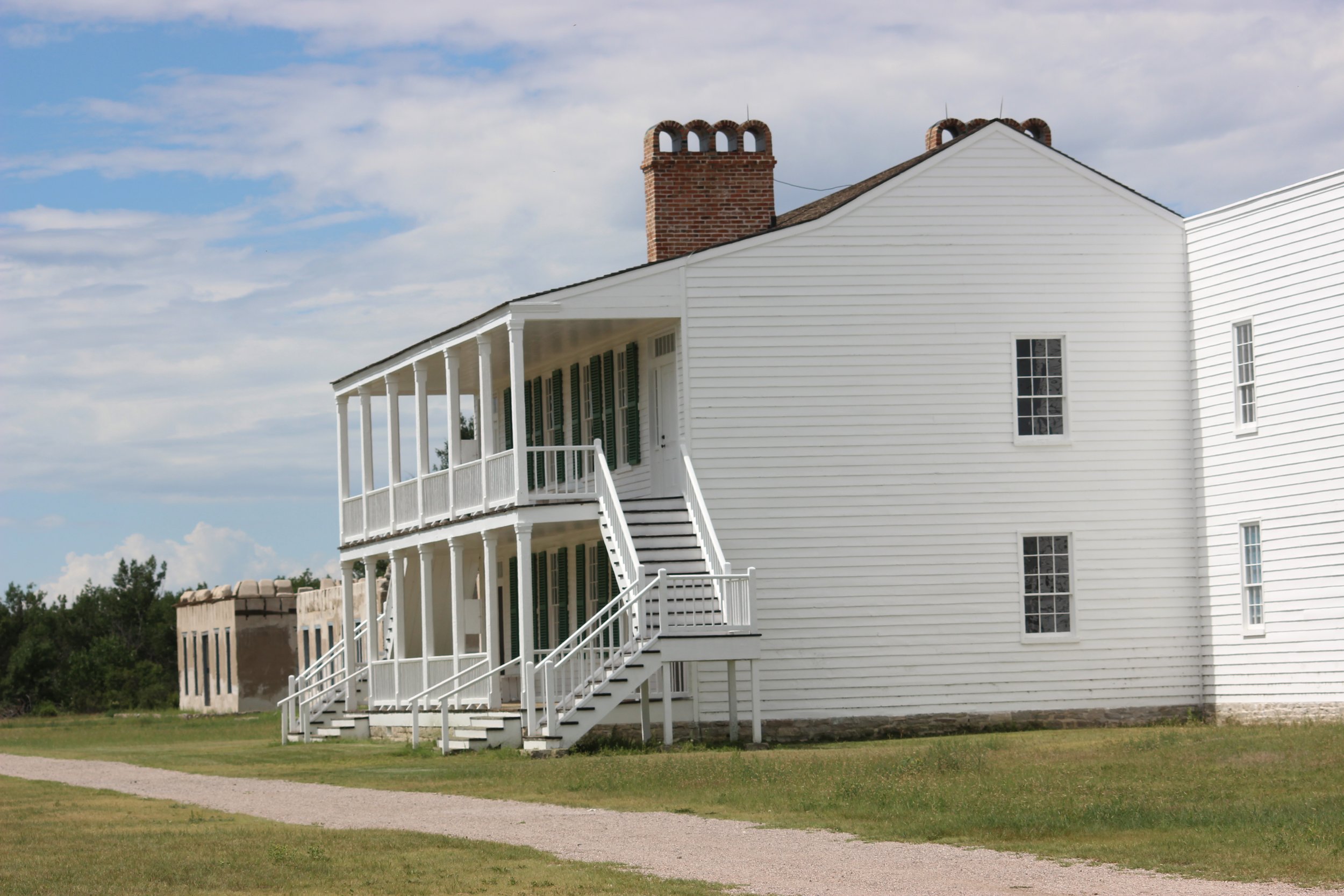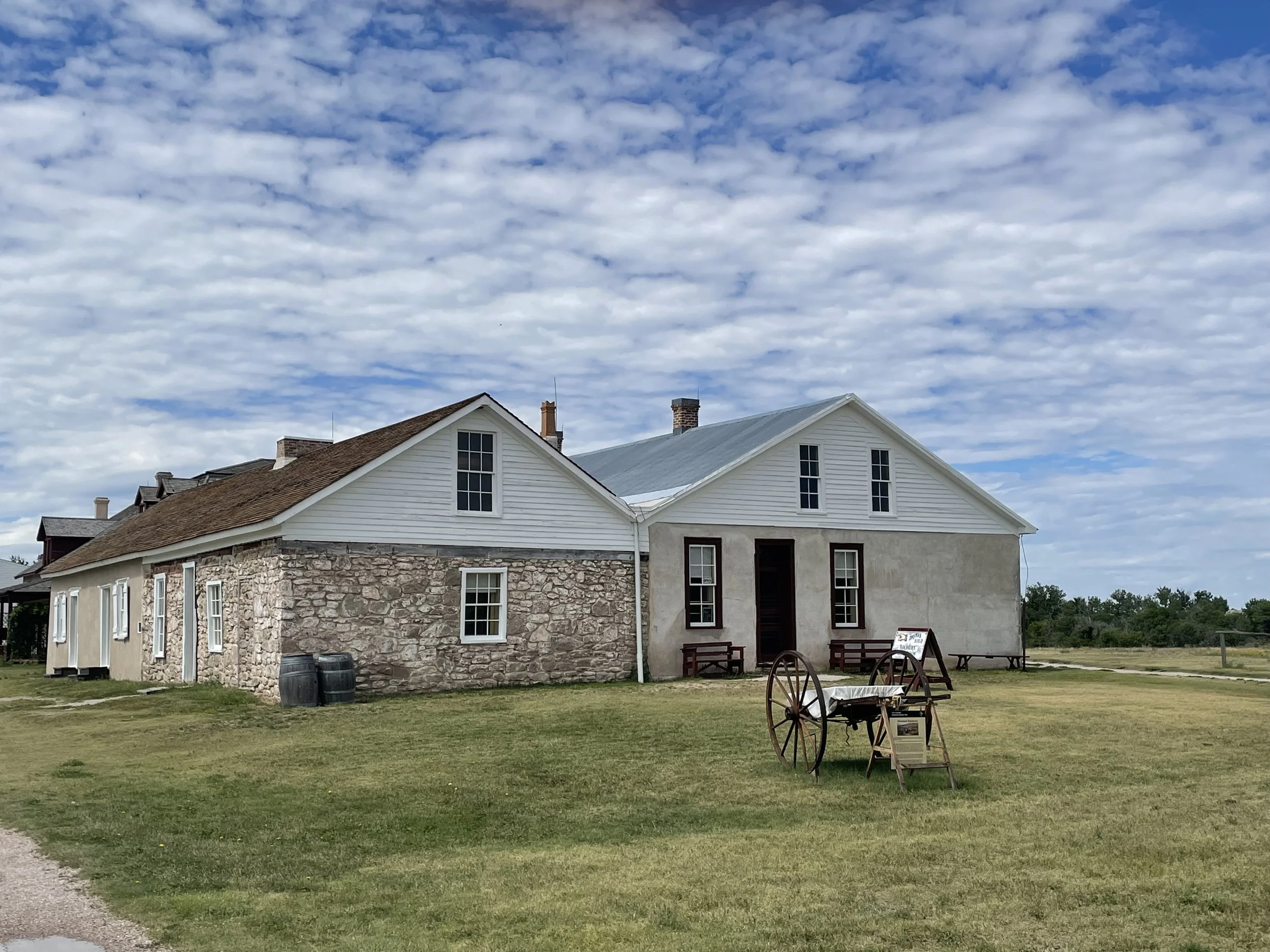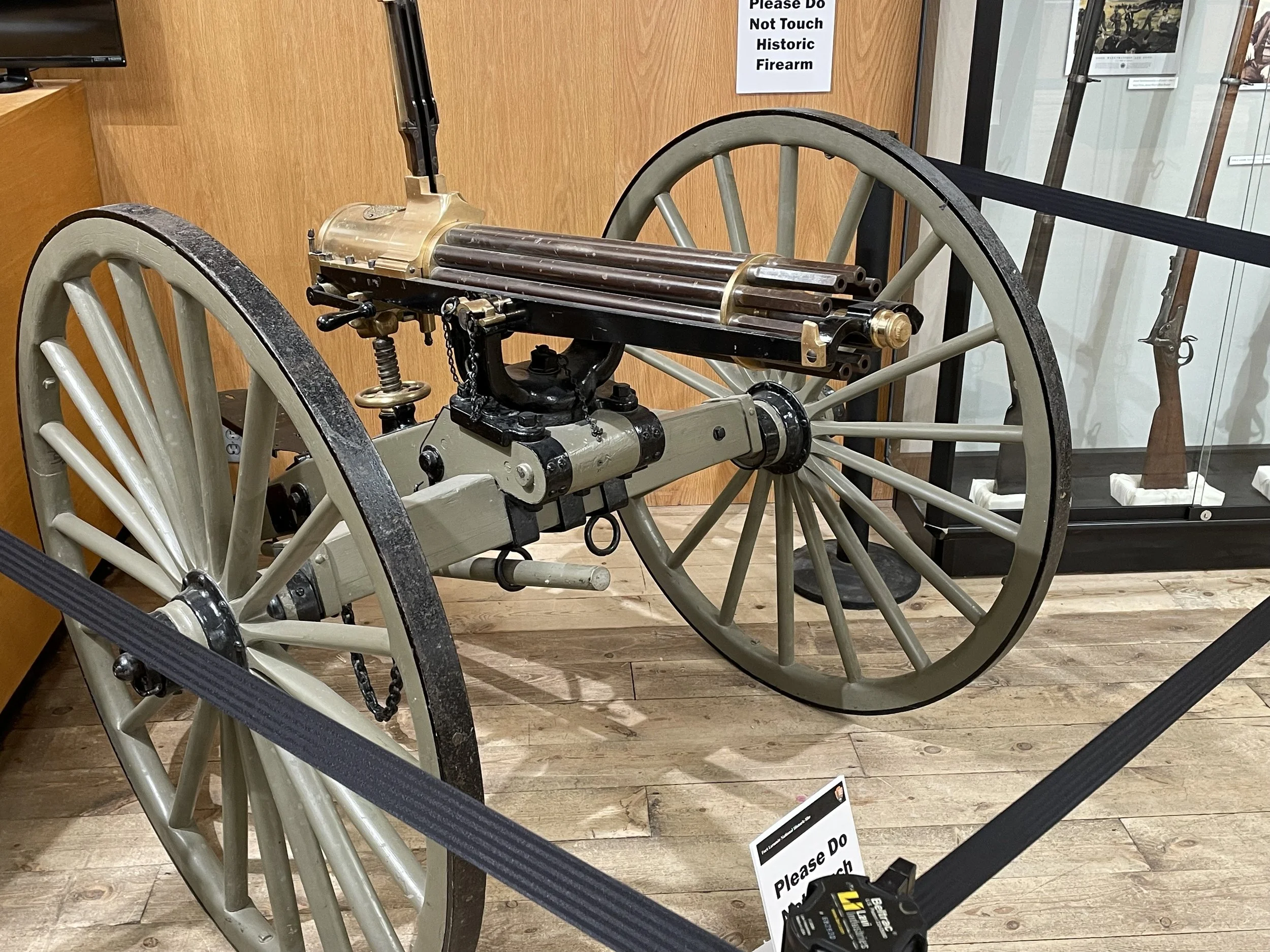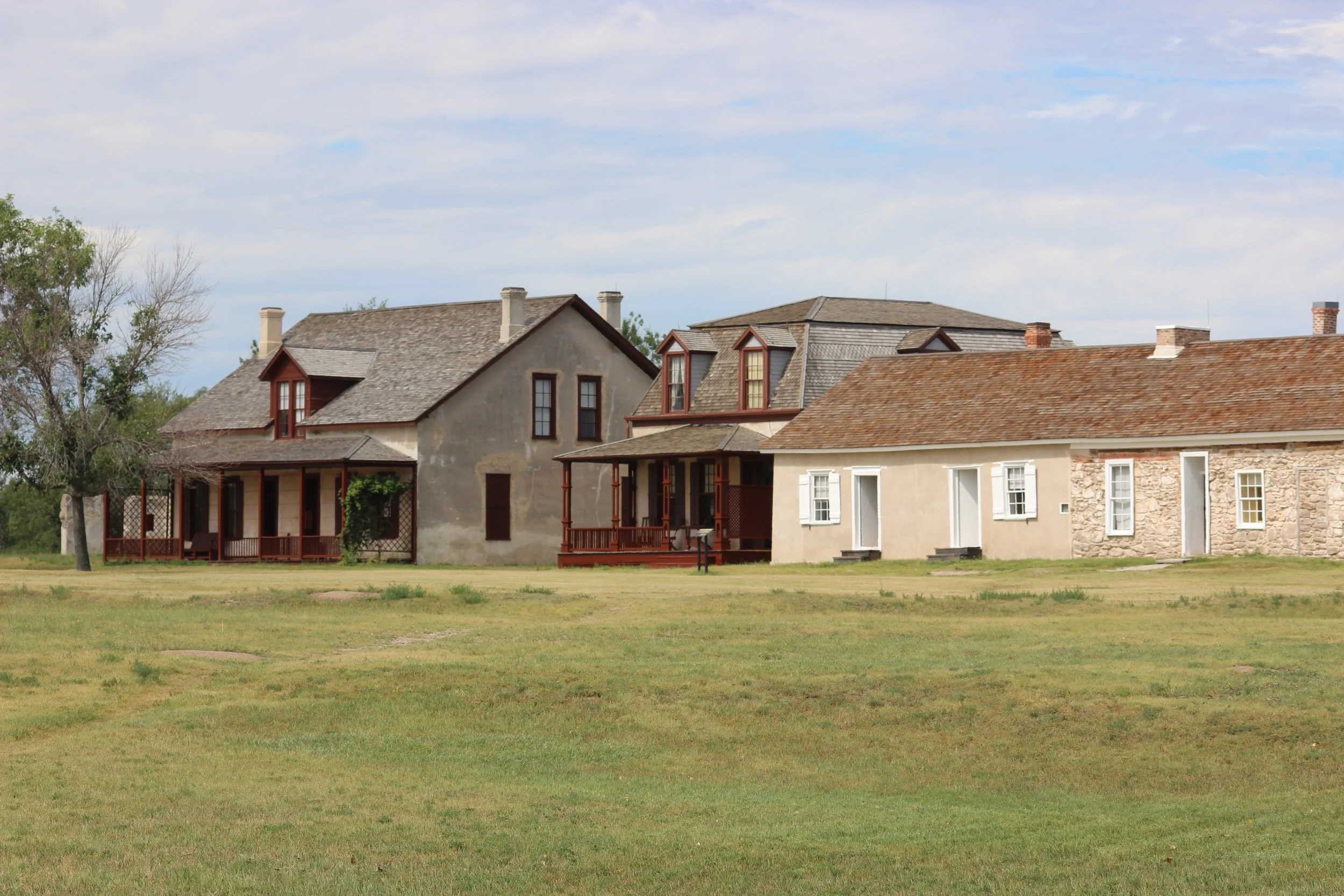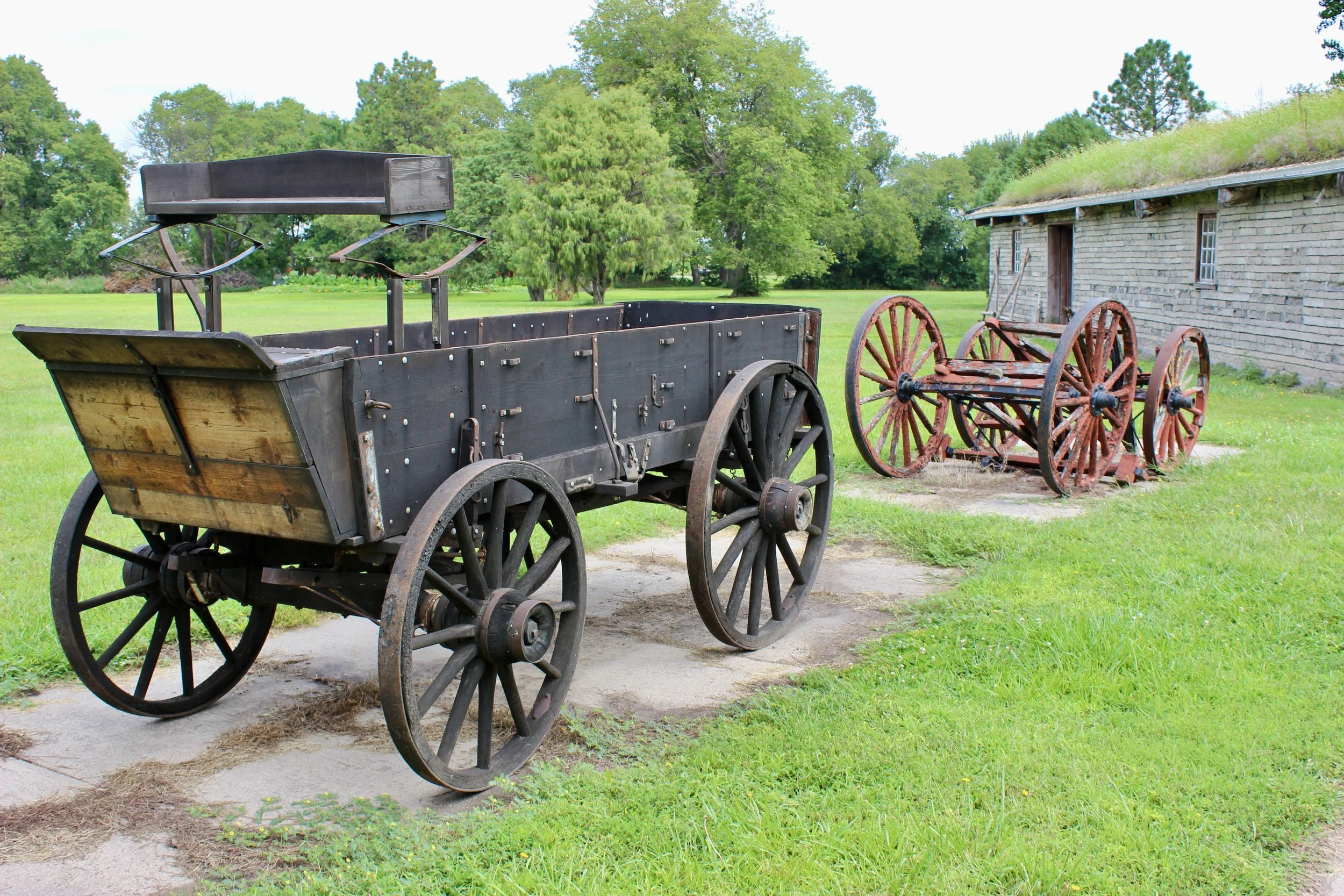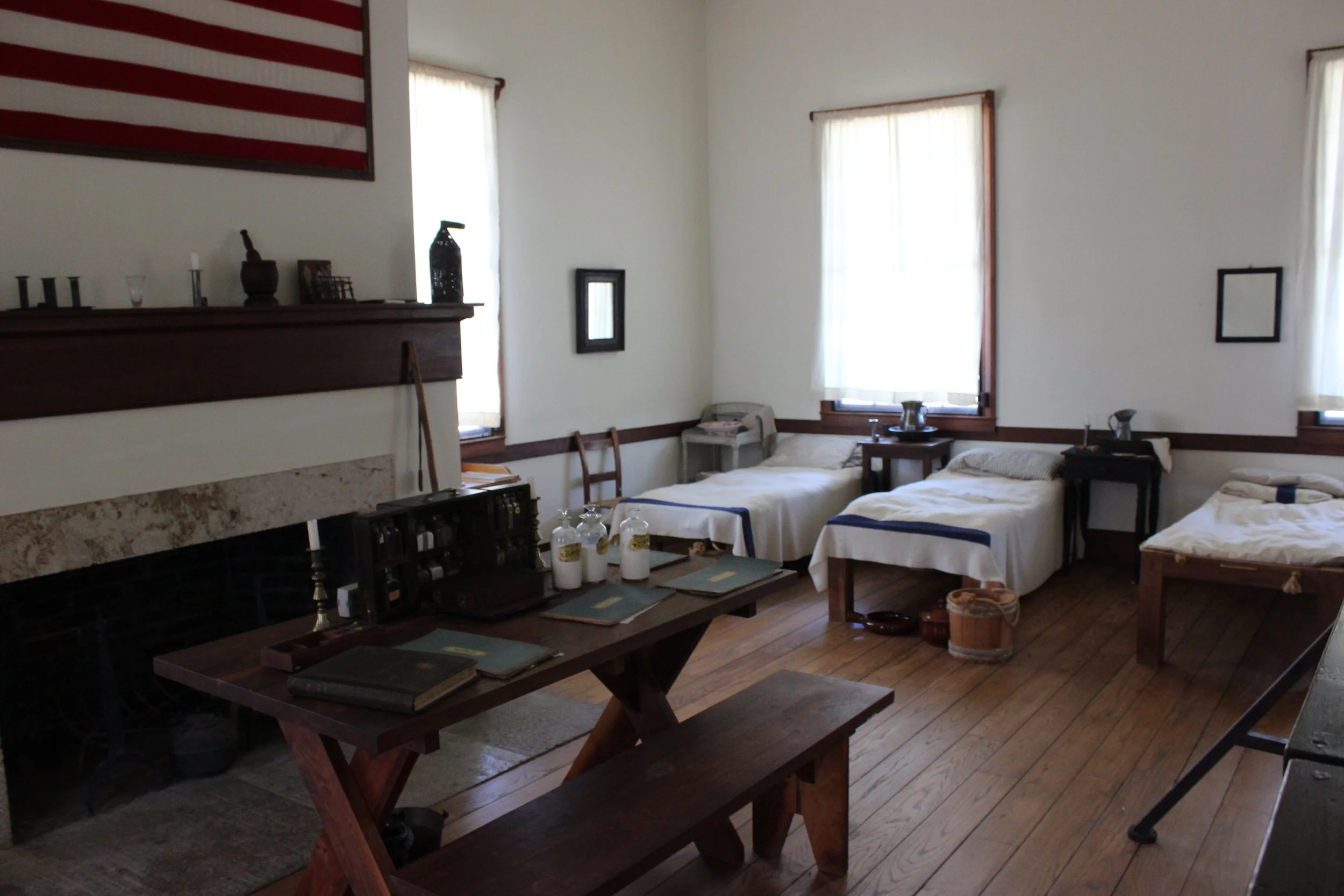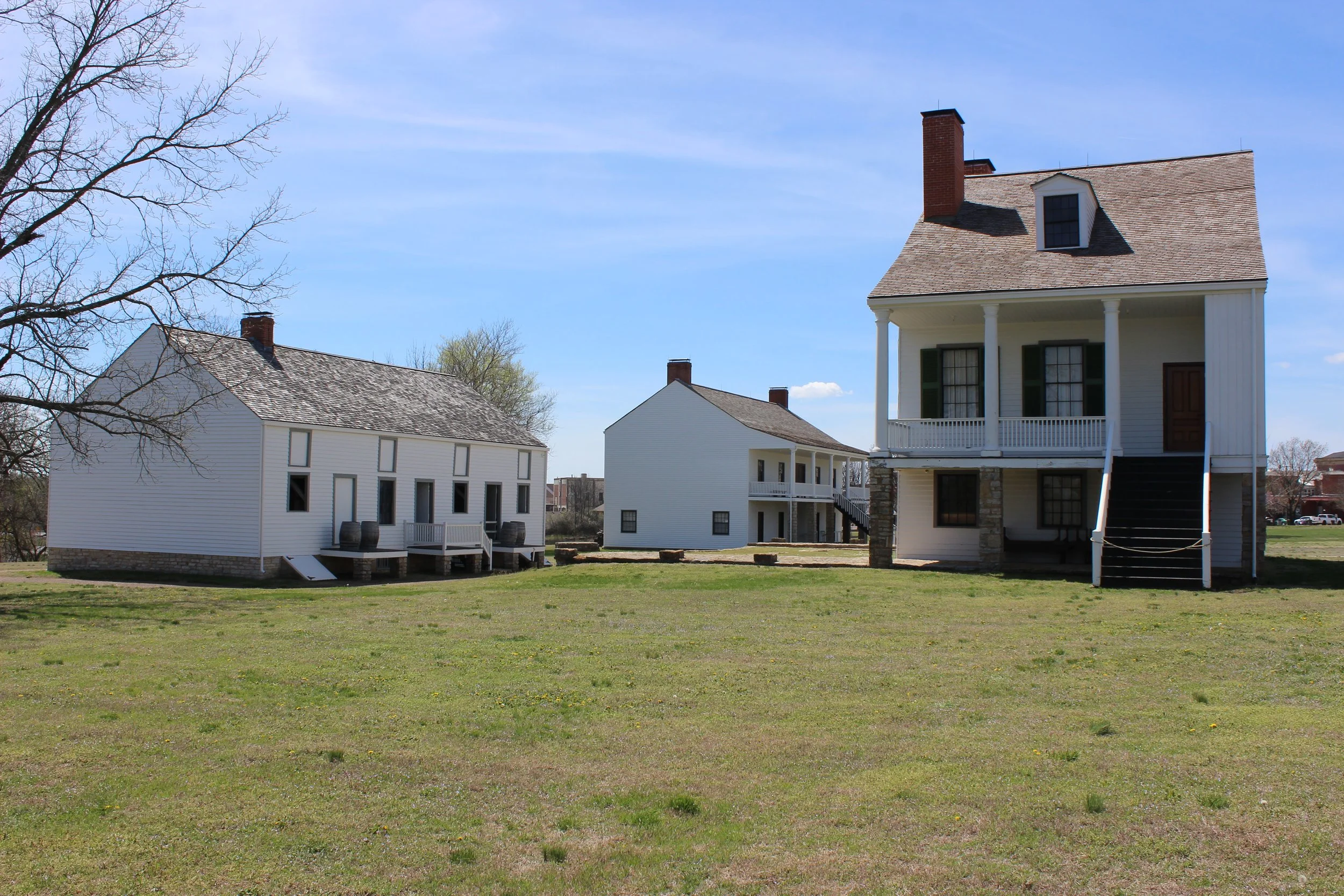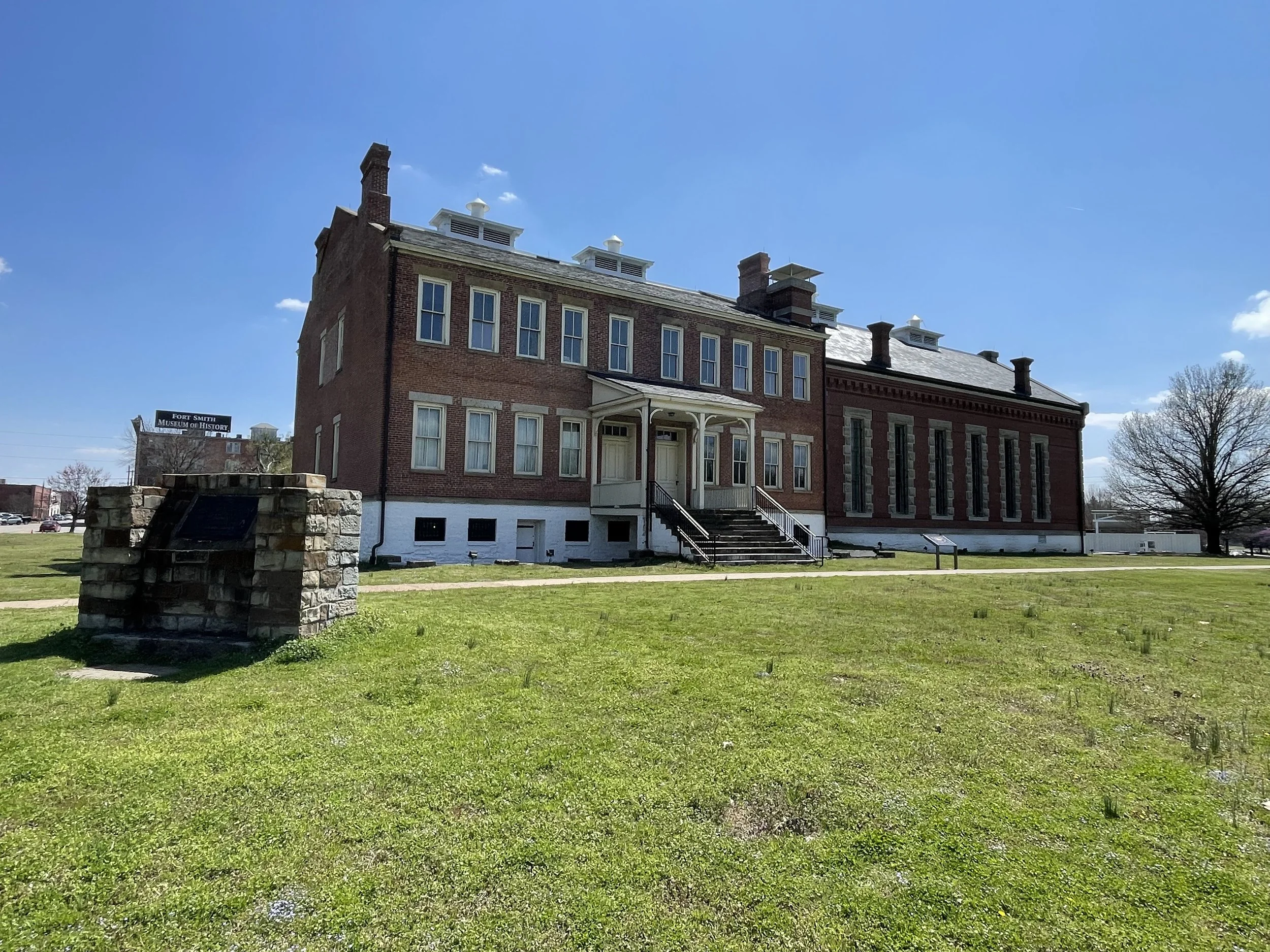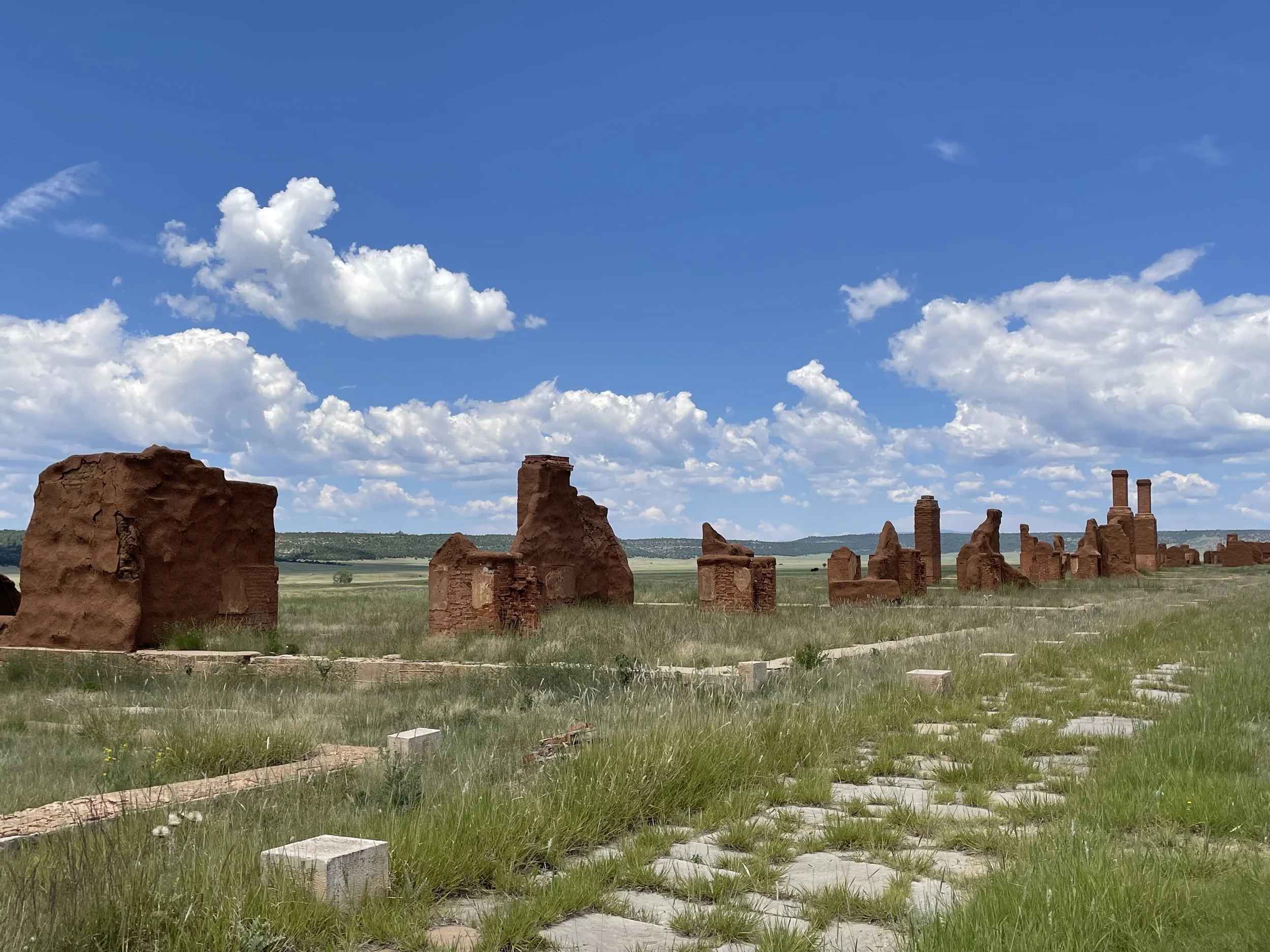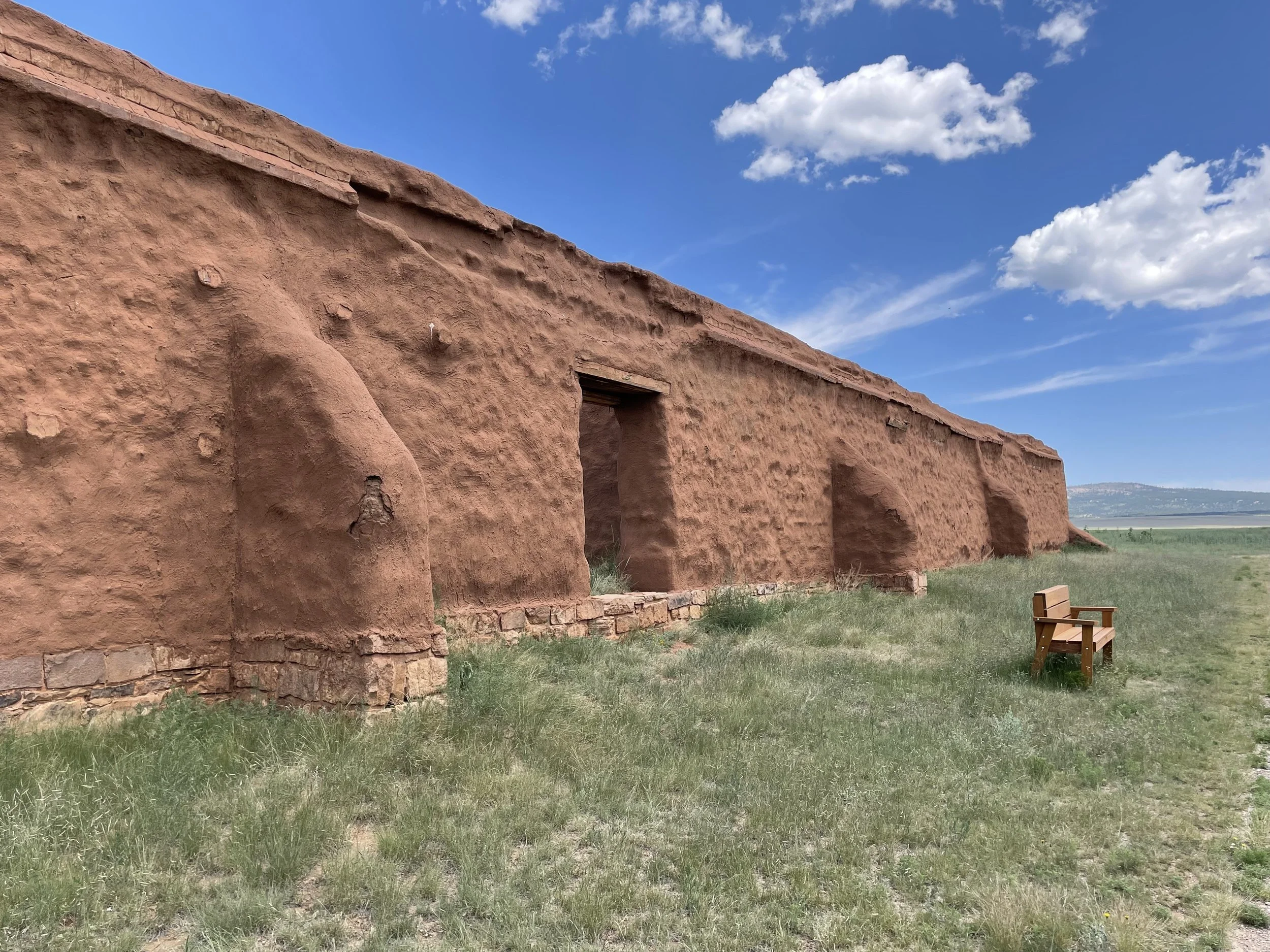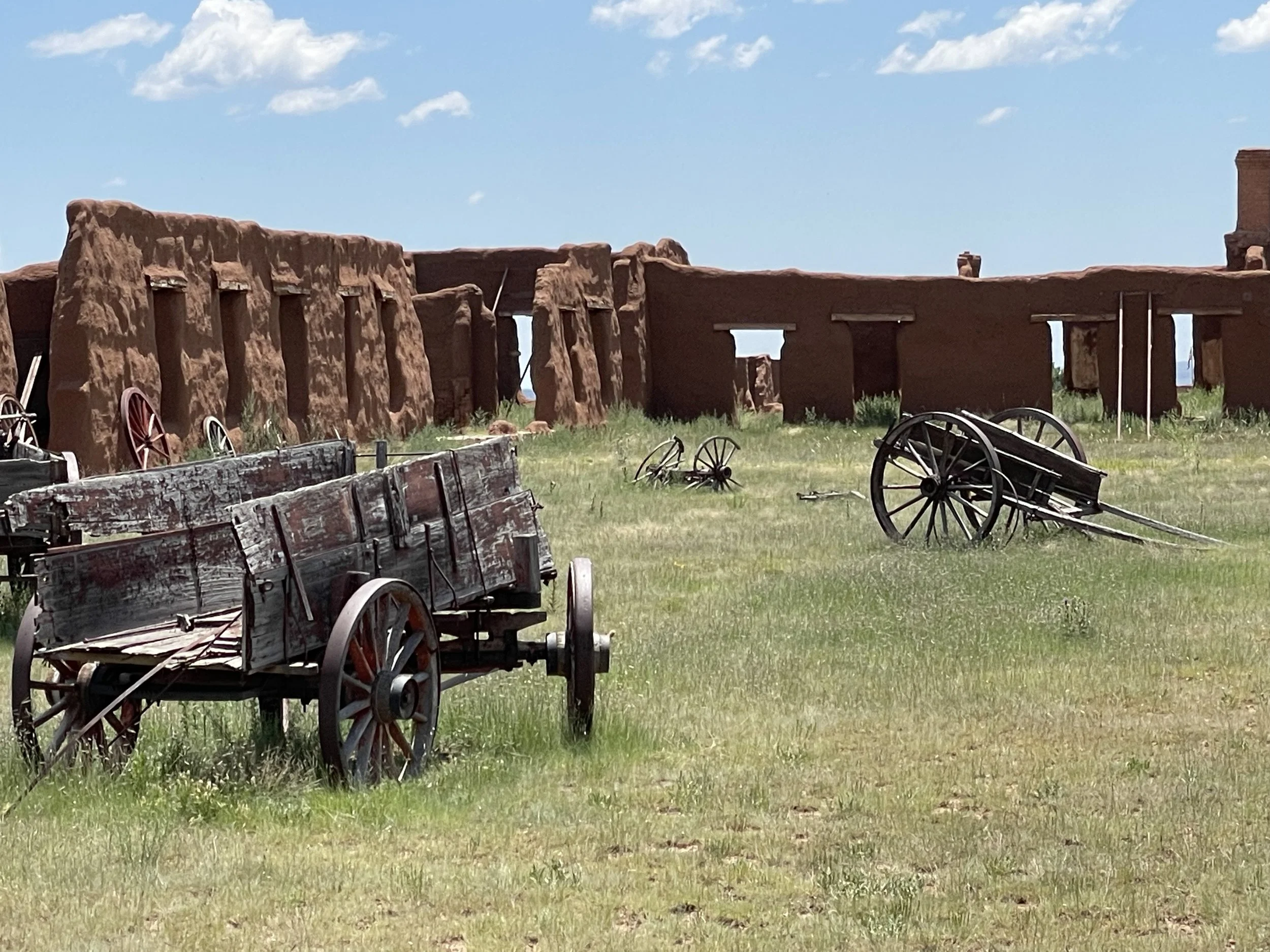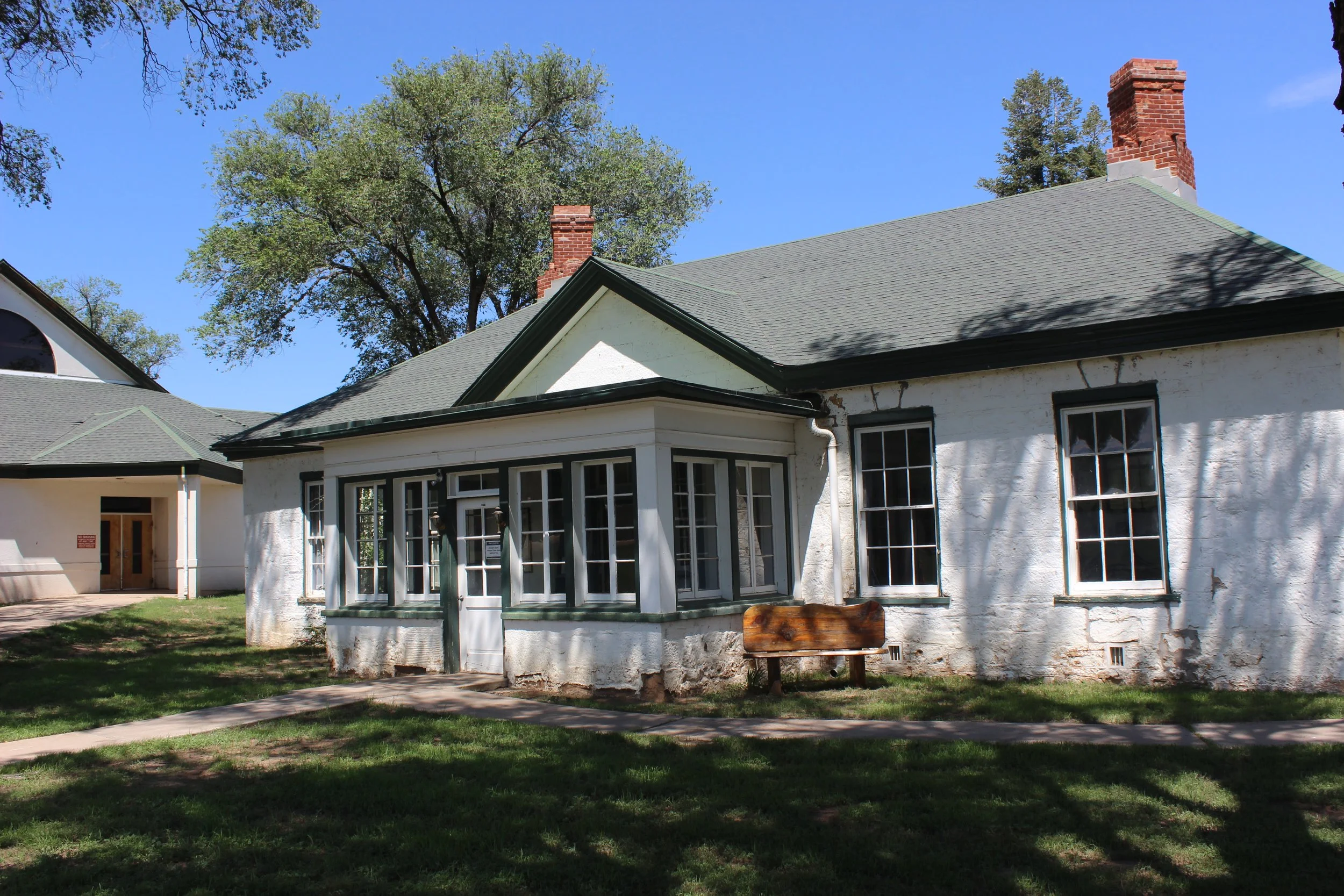Frontier Outposts—10 Historic Western Forts
The western frontier was a significant part of the United States Army’s military mission in the nineteenth century. This included peacekeeping, fulfillment of treaty obligations, law enforcement and policing the Mexico border. This resulted in a vast array of forts throughout the west and midwest. Here are ten that represent a view of what frontier service entailed.
Fort Laramie National Historical Site—Wyoming
Fort Laramie was known by several names and was primarily a fur trading outpost in the first half of the 19th century. In 1849, the fort was transferred to the army. At that point it became a frontier outpost until it was decommissioned in 1890. The Fort Laramie National Historic Site was designated in 1966 to preserve remnants of the historic fort.
Fort Kearny State Historical Park—Nebraska
Fort Kearney was established in 1848 to protect travelers along the Oregon Trail and as a Pony Express Station. The fort was decommissioned in 1871 and largely disassembled so material could be used for other forts. The property was later donated to the state, which reconstructed parts of the original fort.
Fort Scott National Historical Site—Kansas
Fort Scott was first garrisoned in 1842 when eastern Kansas was at the edge of the western frontier. The fort was abandoned after about 10 years of service and then reinstated during the Civil War. In 1861 the army again took possession of Fort Scott and used it as a base from which to subdue Kansas and conduct military actions in Arkansas. The fort was also used as one of the few bases for training black soldiers.
Fort Larned National Historic Site—Kansas
Fort Larned was established as a military post from which to guard the Santa Fe Trail. The fort was active during the 1860s and 1870s. During the Civil War the fort remained active but was staffed by volunteers from nearby states. Hostilities with Native Americans were at a peak during period the fort saw service. There were multiple raids on Fort Larned and it became necessary for the fort to dispatch armed escorts for all wagon trains heading west.
Fort Smith National Historic Site—Arkansas
The first fort in what is today Fort Smith, Arkansas was built in 1817. A second, more durable fort was built in 1838 which had jurisdiction over all of Indian Territory.
Fort Washita State Historic Site—Oklahoma
Built in 1842, Fort Washata was the southwestern-most military post of the United States. The fort maintained peace for the Chickasaw and Choctaw Nations pursuant to treaty obligations. At the start of the Civil War in 1861 Confederate forces occupied the fort.
The Oklahoma Historical Society acquired Fort Washita in 1962 and restored it as a historic site and museum. In 2016, the Chickasaw Nation assume responsibility and management of the fort.
Fort Davis National Historic Site—Texas
Fort Davis was constructed to provide defense against hostile Native Americans in western Texas and served in that role from 1854 to 1891. After the Civil War, the outpost was manned exclusively by all-black regiments. Since Fort Davis National Historic Site was established in 1961, the National Park Service has helped visitors understand the fort’s history.
Fort Union National Monument—New Mexico
Located on the Santa Fe Trail in what was the New Mexico Territory, Fort Union helped maintain the peace for 40 years from 1851 to 1891. Moreover, this installation was the primary supply hub for the forts throughout the Army’s southwestern theater. Fort Union National Monument was established in 1954 and helps preserve the remains of the third fort and the sites of the earlier two forts built nearby.
Fort Stanton State Historic Site—New Mexico
With 88 of its original buildings still intact, Fort Stanton is one of the most complete and best preserved 19th century forts in America. Following the Civil War, the fort was commanded by Christopher (Kit) Carson. John J. "Black Jack" Pershing served two tours at the fort. More significantly, however, Fort Stanton was garrisoned primarily by Buffalo Soldiers of the four all-black cavalry and infantry units.
The fort was later repurposed as a sanatorium for tuberculosis patients and during World War II, it became a POW camp for captured German sailors.
Fort Bowie National Historic Site—Arizona
The United States Army fought the Apache from their base at Fort Bowie for nearly 25 years. The first Fort Bowie was established in 1862 and a more permanent fort was built in 1868. Hostilities ended in 1886, but the fort was garrisoned until 1894 when it was finally abandoned.
